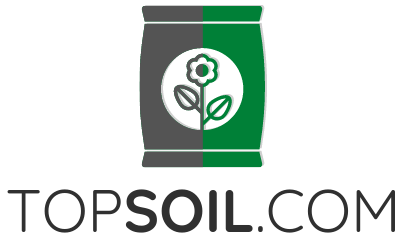Topsoil Explained
Topsoil is the uppermost layer of soil on the Earth’s surface. It is dark brown or black in color and has a high organic matter content. Topsoil is used in gardening to provide plants with the nutrients they need to grow. It is also important for water retention and helps to prevent erosion.
Topsoil is one of the most important components of a healthy garden. Not only does it improve the appearance of the garden, but it also helps the plants to grow better. There are a few ways to get topsoil, but not all of them are equal.
One way to get topsoil is to purchase it from a garden center. This is a good option if you have a large garden that needs a lot of topsoil. However, it can be expensive and you might not be able to find the type of soil that you need.
Another way to get topsoil is to make it yourself. This is a great option if you have a small garden or if you want to save money.





